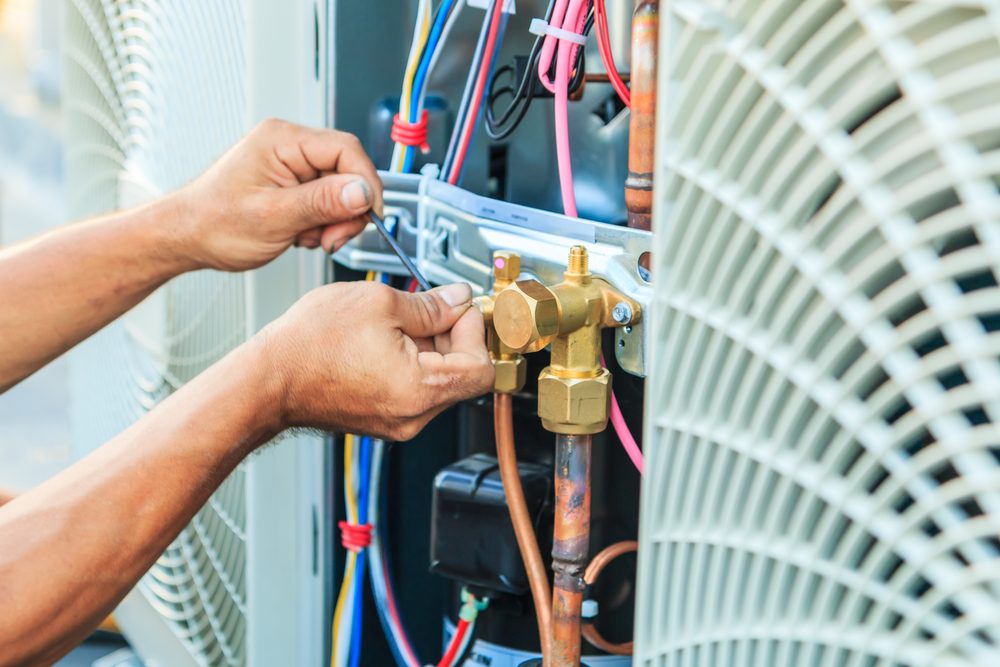Heating, ventilation, and air conditioning, HVAC, and air conditioning, commonly known as HVAC, is a critical part of modern life that many people don't appreciate. From the comfortable warmth of a heated home in winter to the refreshing comfort of air conditioning during intense summers, HVAC systems play a crucial role in our comfort and satisfaction. The history of HVAC is a captivating story that showcases human ingenuity and technological advancements over the decades, transforming the way we regulate our indoor environments.
As we delve into the evolution of HVAC, we will investigate how these systems emerged, their progress through the years, and the breakthroughs that have shaped today's heating and cooling solutions. Whether you are a homeowner looking to upgrade your system or a entrepreneur seeking efficient climate control, understanding the history and function of HVAC is key to making knowledgeable decisions. Follow us as we uncover the landmarks in HVAC history and how they relate to the comfort and effectiveness of our residential and office spaces.
Understanding HVAC Systems

Heating, Ventilation, and Air Conditioning, that refers to heating, airflow, and cooling, is a crucial component in not only home and business structures. Its primary function is to offer comfort by controlling indoor temperatures, managing moisture levels, and ensuring optimal air standard. These units combine various methods to facilitate heating during colder seasons and refreshing during warmer months, making them necessary for all-season comfort.
The components of an HVAC setup typically comprise a furnace or heat generator for heating, an air conditioner for refreshing, ducting for distributing conditioned air, and ventilation systems to introduce clean air and expel used air. Advances in HVAC innovation have produced improved energy effectiveness and more control over warming and refreshing controls, often featuring intelligent technology that allows homeowners and companies to enhance their energy consumption and reduce expenses.
An effective HVAC setup not only boosts convenience but also is essential in maintaining indoor air standards. By cleaning and distributing air, these systems minimize irritants and contaminants, which is notably critical for individuals with respiratory issues. Proper knowledge and upkeep of HVAC components can lead to a safer living space and higher performing operation, eventually saving energy and lowering utility bills.
HVAC Maintenance and Effectiveness
Routine maintenance of your HVAC equipment is vital for guaranteeing its effectiveness and durability. A regularly serviced system not only functions optimally but can also lead to substantial savings on utility bills. Basic upkeep tasks include swapping air filters on a regular basis, cleaning ducts, and monitoring the thermostat controls. By keeping he has a good point in good condition, you can avoid unnecessary strain on the system, which often results in high repairs and excessive energy use.
In addition to regular upkeep, periodic maintenance is crucial for optimizing your system's performance. Autumn and autumn are perfect times to arrange qualified tune-ups, as these seasons typically involve shifting between warm and air conditioning modes. Technicians can examine various components, such as refrigerant levels, electrical connections, and motor functions, guaranteeing that your system functions efficiently when it is essential the most. Ignoring these periodic check-ups can lead to surprising breakdowns when conditions rise or plummet.
Improving the effectiveness of your HVAC unit can also be achieved through intelligent technology and upgrades. Implementing a programmable thermostat allows for better temperature control according to your schedule, lowering energy consumption when you are not home. Moreover, consider investing in highly efficient appliances or segmented heating and cooling solutions. Over AC installation , these advancements can greatly improve system efficiency, reduce your carbon footprint, and lead to considerable cost savings on power bills.
Breakthroughs in Heating, Ventilation, and Air Conditioning Technology
The HVAC field has seen significant tech innovations over the decades, leading to enhanced efficiency and better comfort for homeowners. Smart thermostats are a key advancement, allowing consumers to operate their climate control systems via smartphone apps. These devices adapt to user choices and adjust settings automatically, resulting in minimized energy use and decreased energy costs. Additionally, integration with automated home systems enables smooth control of HVAC with other automated devices, improving overall convenience.
Another innovation in HVAC technology is the creation of variable refrigerant flow systems. These technologies facilitate exact temperature control and optimal performance by controlling the amount of refrigerant flowing to internal units based on requirements. This versatility not only boosts comfort but also significantly lowers energy expenditure compared to older systems. Developments in split HVAC systems have made heating and cooling more accessible for houses without pre-installed ductwork, allowing for tailored climate control in specific spaces.
Geothermal heating and cooling systems represent another advanced solution in HVAC technology. By utilizing the earth's stable underground temperature, these systems can provide effective heating in the chilly season and cooling in the warm season, often with substantial energy savings. The initial investment may be greater, but the long-term benefits include decreased energy expenses and a smaller carbon footprint. As advancements continues to progress, HVAC systems are becoming more advanced, more efficient, and more aligned with sustainable practices, defining the future of heating and cooling.
